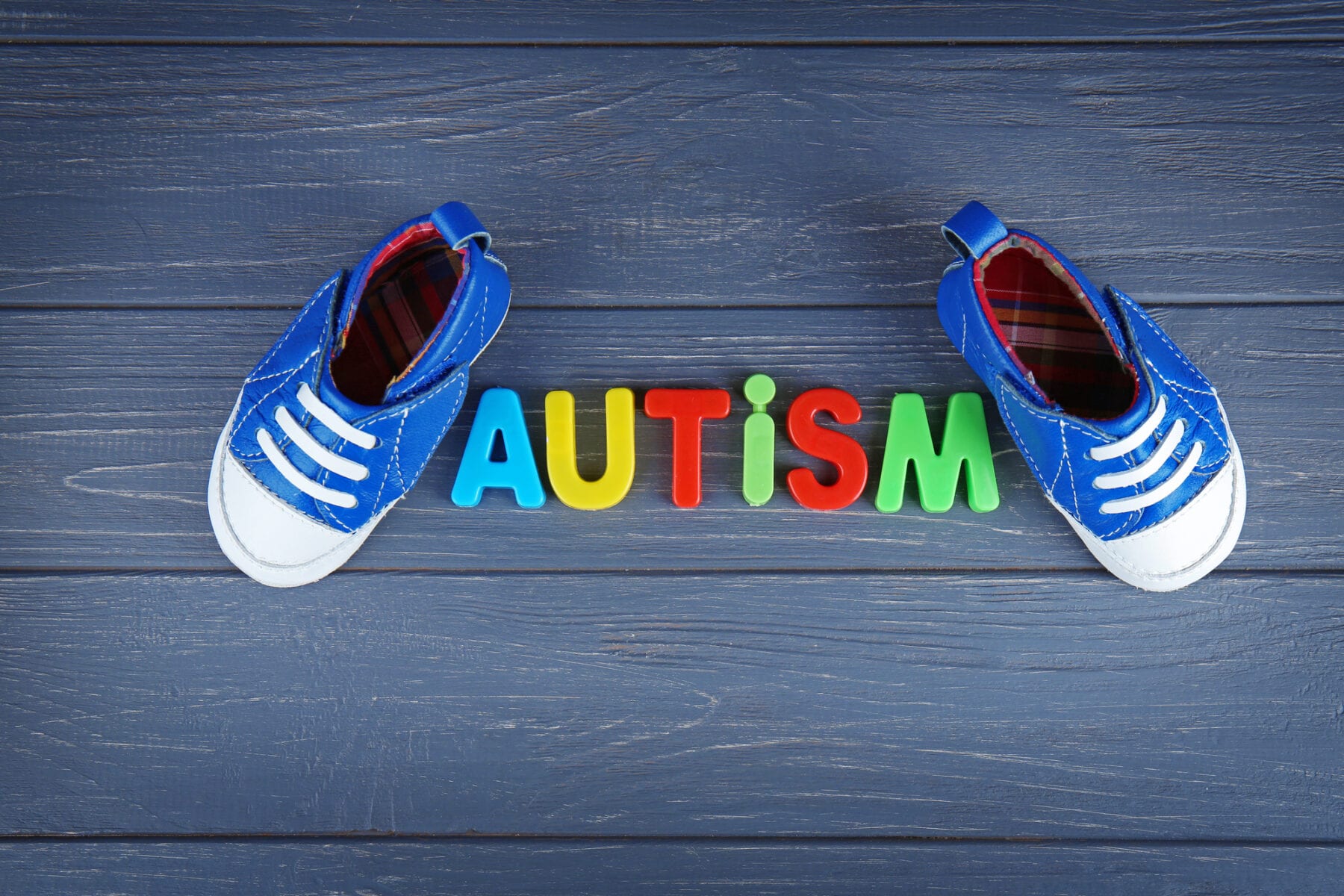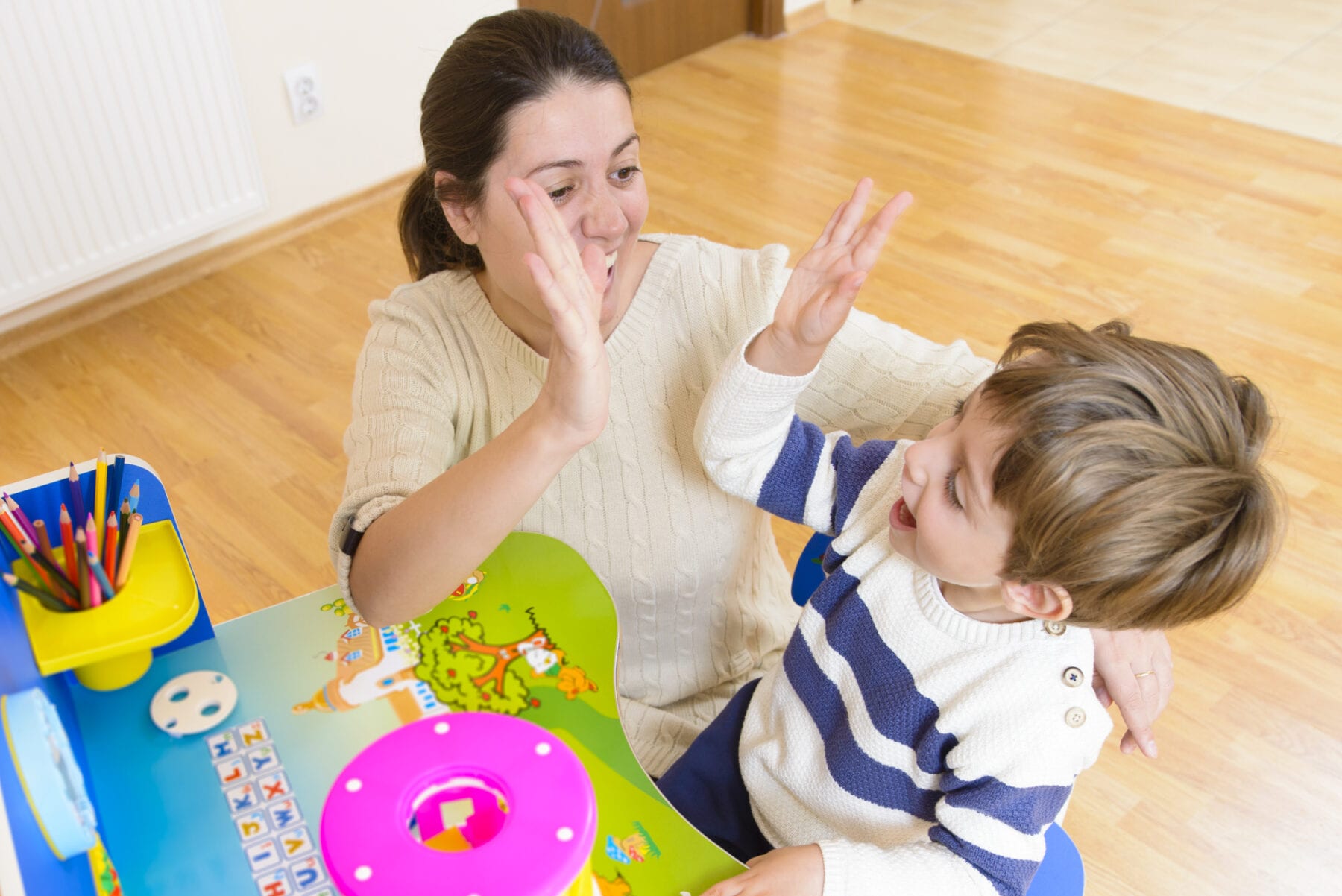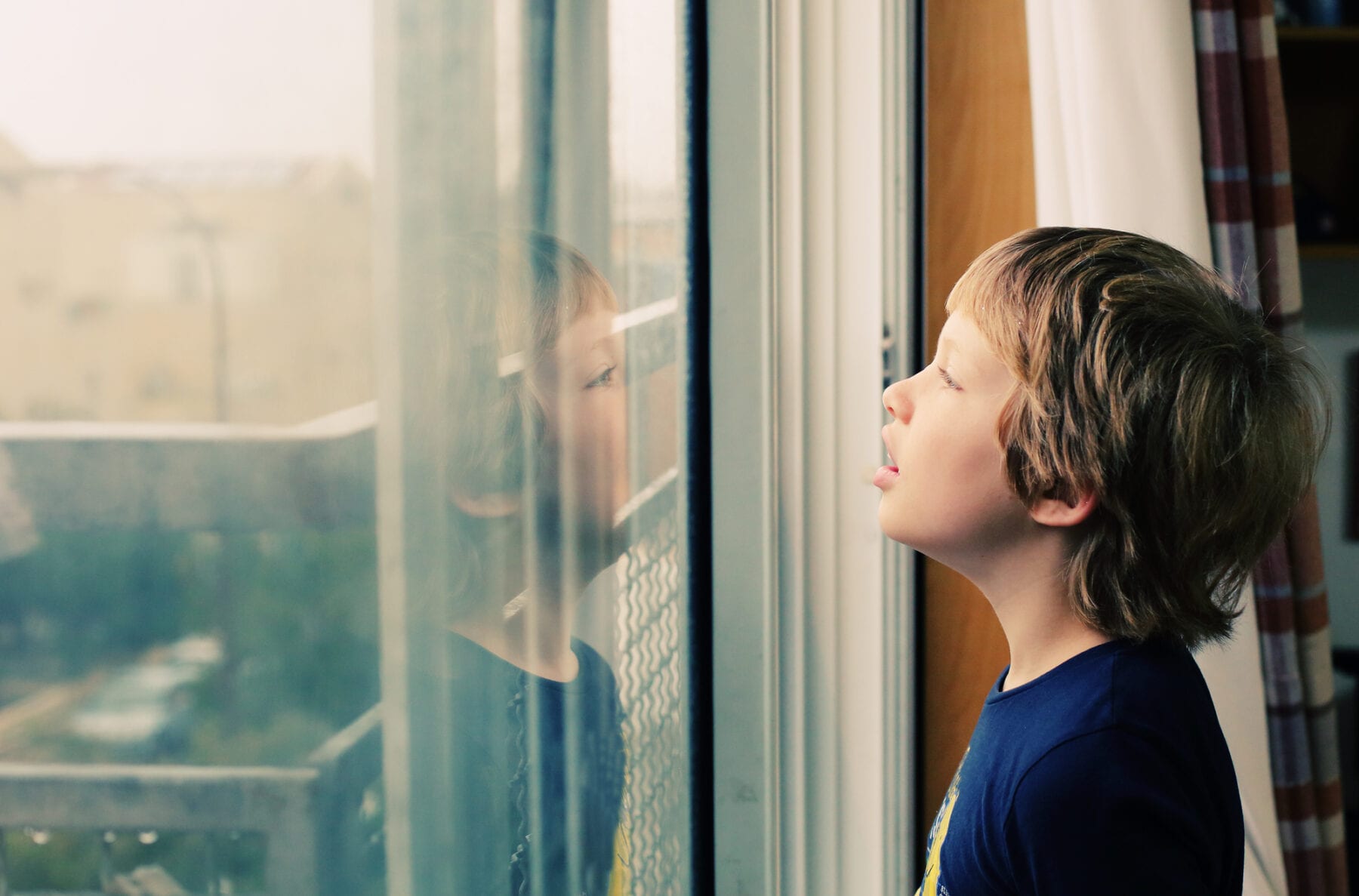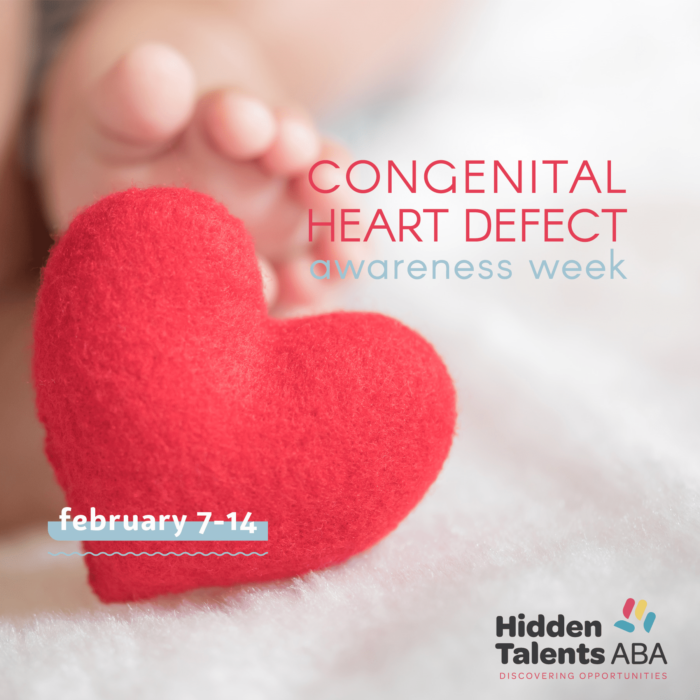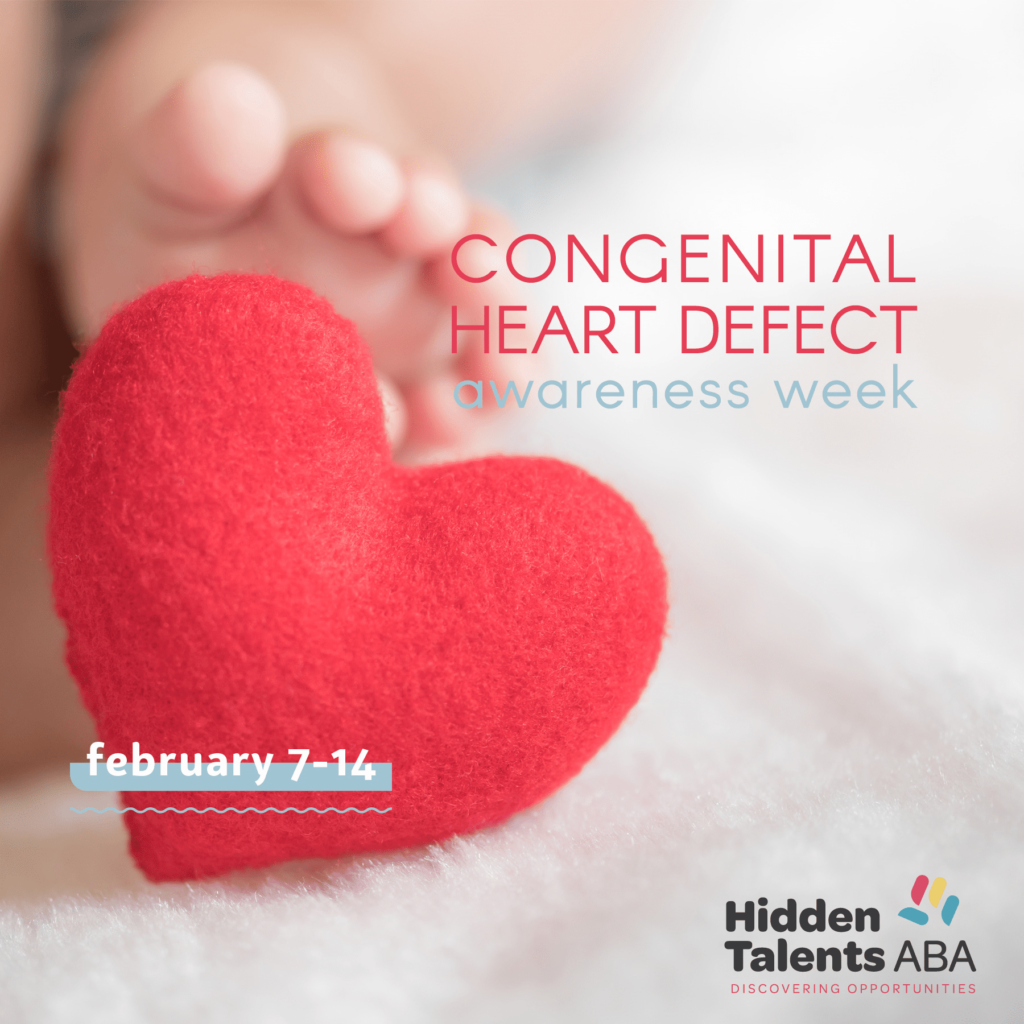At Hidden Talents ABA, we understand how difficult it is to raise a child with autism. While our ABA therapists will be able to help your child manage their autism, you still need a pick me up from time to time.
We have put together these quotes about autism to help inspire you and to help remind yourself how special your child is.
- “Autism… offers us a chance for us to glimpse an awe-filled vision of the world that might otherwise pass us by.” – Dr. Colin Zimbleman
- “Don’t think that there’s a different, better child ‘hiding’ behind the autism. This is your child. Love the child in front of you. Encourage his strengths, celebrate his quirks, and improve his weaknesses, the way you would with any child. You may have to work harder on some of this, but that’s the goal.” – Claire Scovell LaZebnik
- “Do not fear people with autism; embrace them. Do not spite people with autism; unite them. Do not deny people with autism; accept them, for then their abilities will shine.” – Paul Issacs
- “If you’ve met one person with autism, you’ve met one person with autism” – Dr. Stephen Shore
- “Children with autism are colorful – They are often very beautiful and, like the rainbow, they stand out.” – Adele Devine
- “Autists are the square pegs, and the problem with pounding a square peg into a round hole is not that the hammering is hard work. It’s that you’re destroying the peg.” – Paul Collins
- “I am different, not less.” – Dr. Temple Grandin
- “If they can’t learn the way we teach, we teach the way they learn.” – O. Ivar Lovaas
- “Kids need to be encouraged to stretch their shine!” – Amanda Friedman
- “It takes a village to raise a child. It takes a child with autism to raise the awareness of that village.” – Elaine Hall
- “Without deviation from the norm, progress is not possible” – Frank Zappa
- “It seems that for success in science and art, a dash of autism is essential” – Hans Asperger
- “Even for parents of children who are not on the spectrum, there is no such thing as a normal child.” – Violet Stevens
- “Autism is part of my child. It’s not everything he is. My child is so much more than a diagnosis.” – S.L. Coelho
- “Autism can’t define me. I define autism.” – Kerry Magro
- “There needs to be a lot more emphasis on what a child can do instead of on what he cannot do.” – Dr. Temple Grandin
- “To measure the success of our societies, we should examine how well those with different abilities, including persons with autism, are integrated as full and valued members.” – Ban Ki-Moon
- “The most interesting people you’ll find are ones that don’t fit into your average cardboard box. They’ll make what they need, they’ll make their own boxes.” – Dr. Temple Grandin
- “Autism is like a rainbow. It has a bright side and a darker side. But every shade is important and beautiful.” – Rosie Tennant Doran
- “I am autistic and I am proud” – Sez Francis, Autism Advocate
- “Autism is really more of a difference that needs to be worked with rather than a monolithic enemy that needs to be slain or destroyed.” – Dr. Stephen Shore
- “Autism doesn’t have to define a person. Artists with autism are like everyone else: They define themselves through hard work and individuality.” – Adrienne Bailon
- “Why fit in when you were born to stand out?” – Dr. Seuss
- “Autism makes you listen louder. It makes you pay attention to an emotional level as well as an intellectual level.” – Jace King
- “Children with autism develop all kinds of enthusiasms… perhaps focusing on one topic gives the child a sense of control, of predictability and security in a world that can be unpredictable and feel scary.” – Barry M. Prizant
- “I’ve learned that every human being, with or without disabilities, needs to strive to do their best, and by striving for happiness you will arrive at happiness. For us, you see, having autism is normal — so we can’t know for sure what your ‘normal’ is even like. But so long as we can learn to love ourselves, I’m not sure how much it matters, whether we’re normal or autistic.” – Naoki Higashida
- “When enough people care about autism or diabetes or global warming, it helps everyone, even if only a tiny fraction actively participate.” – Seth Godin
- “When a family focuses on ability instead of the disability, all things are possible… Love and acceptance is key. We need to interact with those with autism by taking an interest in their interests.” – Amanda Rae Ross
- “We cry, we scream, we hit out and break things. But still, we don’t want you to give up on us. Please, keep battling alongside us.” – Naoki Higashida
- “Why should I cry for not being an apple, when I was born an orange? I’d be crying for an illusion, I may as well cry out for not being a horse.” – Donna Williams
- “Autism: where the “randomness of life” collides and clashes with an individual’s need for sameness.” – Eileen Miller
- “What would happen if the autism gene was eliminated from the gene pool? You would have a bunch of people standing around in a cave, chatting and socializing and not getting anything done.” – Temple Grandin
- “The difference between high-functioning and low-functioning is that high-functioning means your deficits are ignored, and low-functioning means your assets are ignored.” – Laura Tisoncik
- “Autism is as much a part of humanity as is the capacity to dream.” – Kathleen Seidel
- “Everybody is a genius. But if you judge a fish by its ability to climb a tree, it will live its whole life believing that it is stupid.” – Albert Einstein
- “What I like to tell parents is that raising a child with autism is running a marathon. It’s not a sprint.” – Dr. Brian Bowman
- “Get to know someone on the spectrum and your life will truly be blessed.” – Stephanie L. Parker
- “Disability is a matter of perception. If you can do just one thing well, you’re needed by someone.” – Martina Navratilova
- “If you’re always trying to be normal, you will never know how amazing you can be.” – Maya Angelou
- “Our duty in autism is not to cure but to relieve suffering and to maximize each person’s potential.” – John Elder Robison
- “Disability doesn’t make you exceptional, but questioning what you think you know about it does.” – Stella Young
- “Those without obsessive focus have to take classes to cultivate it.” – Rudy Simone
- “I might hit developmental and social milestones in a different order than my peers, but I am able to accomplish these small victories on my own time.” – Haley Moss
- “Kids have to be exposed to different things in order to develop. A kid’s not going to find out he likes to play a musical instrument if you never exposed him to it.” – Temple Grandin
- “Our experiences are all unique. Regardless, I do believe that it is important to find the beautiful. Recognize that there is bad, there is ugly, there is disrespect, there is ignorance, and there are meltdowns. Those things are inevitable. But there is also good.” – Erin McKinney
- “At the end of the day, we don’t dream our lives… we LIVE them!” – Anthony Ianni
- “Everyone has a mountain to climb, and autism has not been my mountain, it has been my opportunity for victory.” – Rachel Barcellona
- “This is a FOREVER journey with this creative, funny, highly intelligent, aggressive, impulsive, nonsocial, behavioral, oftentimes loving individual. The nurse said to me after 6 hours with him, “He is a gift”. INDEED he is.” – Janet Frenchette Held, parent
- “Behavior is communication. Change the environment and behaviors will change.” – Lana David
- “The way we look at our children and their limitations is precisely the way they will feel about themselves. We set the examples, and they learn by taking our cue from us.” – Amalia Starr
- “My autism is the reason I’m in college and successful. It’s the reason I’m good in math and science. It’s the reason I care.” – Jacob Barnett, 16-year-old math and physics prodigy
- “I know of nobody who is purely autistic or purely neurotypical. Even God had some autistic moments, which is why the planets all spin.” – Jerry Newport
- “I believe everyone on the planet has their thing and, especially in my experience, autistic people all have a tremendous gift. It’s a matter of finding that gift and nurturing it.” – Edie Brannigan, mother of Mikey Brannigan
- “Mild autism doesn’t mean one experiences autism mildly… it means YOU experience their autism mildly. You may not know how hard they’ve had to work to get to the level they are.” – Adam Walton
- “Sometimes it is the people no one can imagine anything of who do the things no one can imagine.” – Alan Turing
- Within every living child exists the most precious bud of self-identity. To search this out and foster it with loving care, that is the essence of educating an autistic child.” – Dr. Kiyo Kitahara
- “Stop thinking about normal… you don’t have a big enough imagination for what your child can become.” – Johnny Seitz
- “What makes a child gifted may not always be good grades in school, but a different way of looking at the world and learning.” – Chuck Grassley
- “Let’s give people with autism more opportunities to demonstrate what they feel, what they imagine, what comes naturally to them through humor and the language of sensory experience. As we learn more about autism, let’s not forget to learn from those with autism. There are poets walking among you and they have much to teach.” – Chris Martin

